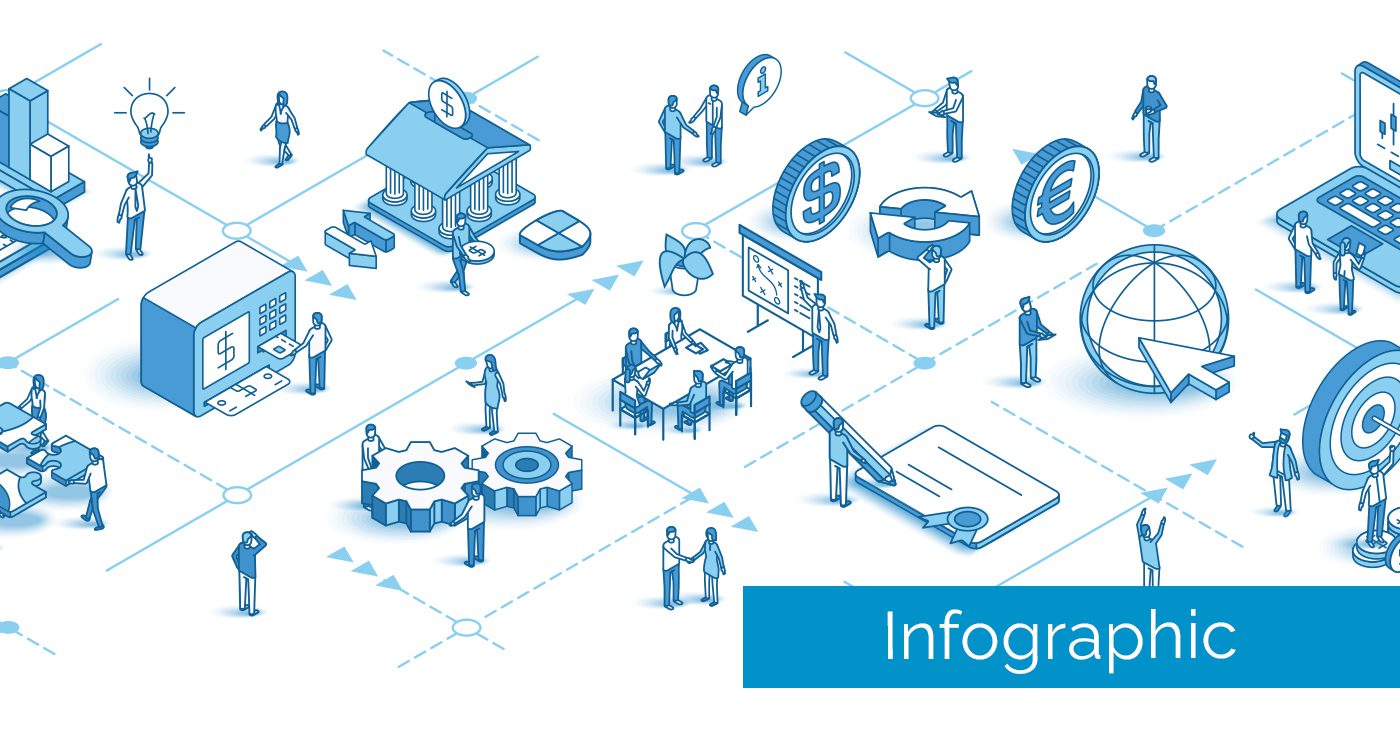The case for Zero Trust:
86% of organizations have begun implementing Zero Trust frameworks
Multi-factor authentication (MFA) is the strongest control for preventing attacks
Zero Trust adoption reduces incidents by 50%
Source: Cisco Zero Trust Outcomes Report, 2024

Why Zero Trust matters
Adopting a Zero Trust framework is critical for defending against modern cyber threats. This approach safeguards critical assets and minimizes risk by ensuring no user or system is automatically trusted. With this “never trust, always verify” approach, zero trust creates a flexible, resilient security framework that adapts to evolving threats.
As cyber risks become more sophisticated, traditional perimeter-based defenses leave networks exposed to internal threats and unauthorized access. Zero Trust addresses these vulnerabilities by delivering a robust framework that assumes no user or system is trusted by default. This strategy is vital to securing sensitive data and ensuring operational resilience in complex digital environments.
Key Benefits of Zero Trust:
- Secure Access: Safeguard connections through identity and context verification
- Simplified Access Management: Centralized control across varied environments
- Universal Security: Protect from any location, eliminating perimeter reliance
- Stronger Security Posture: Complements SSE, SASE, and NIST standards
Learn more about how Zero Trust strengthens security infrastructure here.
InterVision Zero Trust workshops & programs
Our hands-on, practical engagements guide your team through each phase of Zero Trust adoption, empowering you to build, implement, and sustain a Zero Trust architecture.
Zero Trust Planning Workshop
Duration: 2 to 8 hours
Designed to set a strong foundation, this workshop develops a strategic roadmap and educates your team on the core principles of Zero Trust. By aligning objectives and engaging stakeholders, the workshop ensures your organization is fully prepared for the transformation ahead.
What to Expect:
- Strategic Roadmap: A plan aligned with your business goals, providing a clear path forward
- Stakeholder Engagement: Achieve buy-in through education and alignment
- Use Case Identification: Discover use cases that deliver security and efficiency gains
Zero Trust Secure Transformation Program
Duration: 4 to 16 weeks
With your strategic roadmap in place, this program turns planning into action, guiding your organization through a phased implementation of Zero Trust. The structured approach efficiently scales your security framework, ensuring long-term success.
What to Expect:
- Scalable Architecture: A phased implementation approach that addresses critical security needs
- Structured Progress: Milestones and expert oversight to ensure steady progress
- Executive Buy-In: Present a compelling business case to ensure support from leadership
Zero Trust Proof of Concept, Pilot, & Production Programs
Duration: Varies
These programs focus on testing, validating, and scaling Zero Trust technologies in controlled environments. By minimizing risks and ensuring technology readiness, these initiatives facilitate a seamless transition from pilot to full deployment.
What to Expect:
- Risk Mitigation: Comprehensive testing and validation before full-scale deployment
- Scalability Validation: Ensure solutions can adapt as your business evolves
- Seamless Deployment: Expert guidance ensures a smooth transition from pilot to production
Why choose InterVision for Zero Trust
InterVision offers trusted cybersecurity expertise, delivering tailored strategies and ongoing support to help organizations achieve Zero Trust maturity more quickly and efficiently.
- Proven Expertise: A record of successful Zero Trust implementations across industries
- Tailored Roadmaps: Custom solutions built to fit your unique security requirements
- Ongoing Support: Continuous guidance to adapt to emerging challenges and threats

Knowledge is power
Navigate modern IT challenges with actionable advice and expert insights, enabling you to tackle complexities, seize opportunities, and stay ahead of the curve.
Your strategic partner for an AI-Driven future
InterVision combines technical excellence with a strategic, future-ready approach—empowering your organization to lead with confidence, agility, and results.
InterVision delivers leading AI services for every step of the journey, from getting started with AI to developing policies, leveraging hyperautomation via agentic workflows, and setting up POC environments- all aligned to your business goals.
Our team has decades of experience and hundreds of certifications with AWS, Microsoft, Cisco, Fortinet, Juniper, Arctic Wolf, HPE, and many more. No matter your challenge, InterVision can tailor innovative services using best-in-class technology solutions.
Remove obstacles to innovation and leverage InterVision expertise to take advantage of flexible financing choices, exclusive purchasing plans, and simplified marketplace transaction options.
Managed Innovation is InterVision’s unique approach to managed and professional services that drives IT excellence not just today, but into tomorrow. Our success is your success, and our expert team works diligently to continually evolve IT solutions that keep your company ahead of change.
Seamlessly navigate unforeseen IT change with pre-validated solutions from the InterVision NextMove program. Leave unwieldy vendor lock-in and unfavorable contracts behind, while pivoting to next-generations solutions that deliver better performance, costs, and outcomes.
InterVision is a trusted partner for state and local governments, K-12 schools, and higher education institutions. Our expert team can deliver pre-validated solutions and services that deliver better outcomes for constituents and meet complex regulatory challenges.









